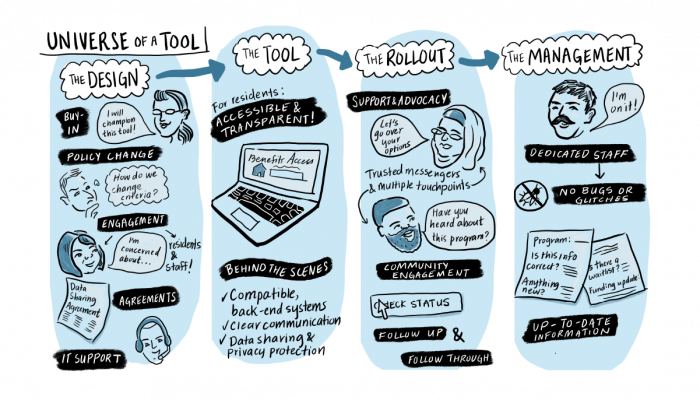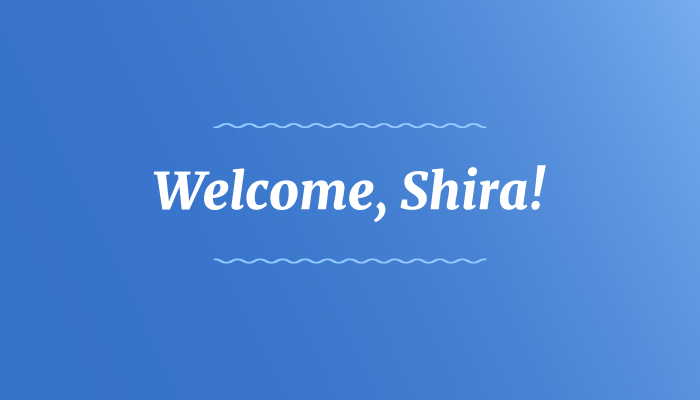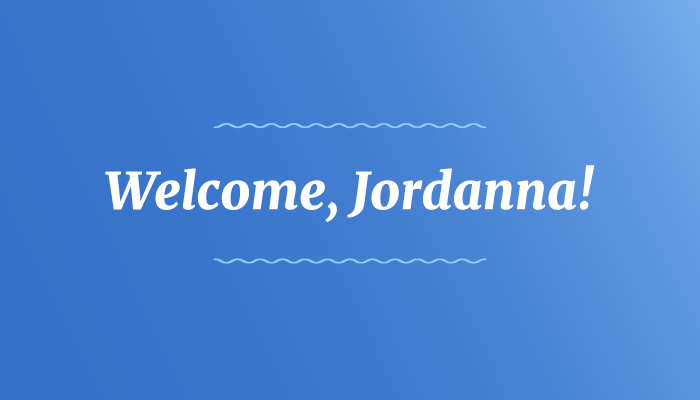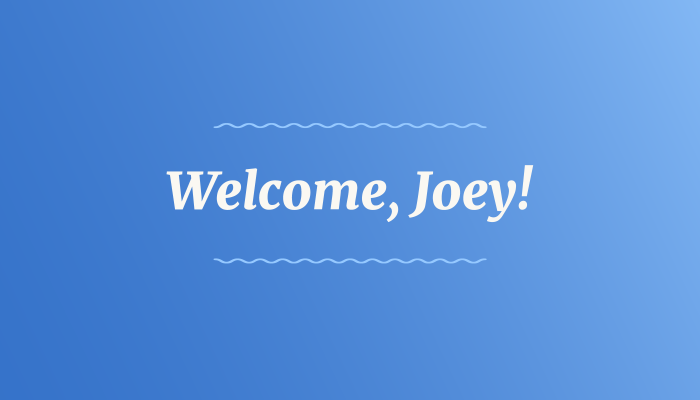This is a case study about a project with the Office of the Chief Administrator from July 2021 to March 2022.
Project partners
Office of the Chief Administrator (CAO) leadership and Strategic Transformation team
Stakeholder participation
- 31 subject matter experts across 16 City agencies
- Representatives from four national organizations that use technology and design to improve access to government services
Background
There isn’t a unified process for residents to learn about and apply to the City’s benefits programs. Residents must access each program through individual departments’ websites and application processes. Barriers to access, like lack of awareness of programs, inconsistent eligibility requirements, and complex application processes contribute to low enrollment in City benefits programs.
To address these challenges, the Department of Planning and Development (DPD) partnered with the Office of the Chief Administrator (CAO) in 2018 to develop Discover Benefits, a tool to help residents understand the benefits they were eligible for. The tool was piloted at Neighborhood Advisory Councils in early 2020. With the COVID-19 pandemic exacerbating barriers to benefits access, the CAO team pivoted to a common application tool that would allow residents to apply to several benefits programs through one set of questions.
In 2021, the CAO team paused the project to rethink the purpose and direction of the common application tool to better align it with broader poverty alleviation initiatives at the City.
Goals
We worked with the CAO team to understand the role a tool like Discover Benefits could play in the delivery of the City’s poverty alleviation programs and services.
This would allow the CAO to:
- Align their work within a broader City context and strategy.
- Develop a strategic direction for the tool.
- Cultivate necessary partnerships to implement the strategic direction.
How we worked
The project spanned four phases of work:
- Planning. We worked to understand the history of the Discover Benefits tool, conducted background research on welfare programs, and developed our research approach and interview protocol.
- Understanding: Through interviews with subject-matter experts, we sought to understand the City’s poverty alleviation ecosystem, similar digital tools, approaches to eligibility, and application process challenges. Also, we sought to identify how a benefits tool could address barriers to access. Through desk research, we contextualized our interviews within the historical and systemic context of welfare programs.
- Brainstorming solutions: We collaboratively developed possible directions for how the CAO could pivot their work with the CAO team and colleagues who participated in our phase two interviews.
- Action planning: To wrap up the work, we worked with the CAO team to decide how to act on research findings and the new project directions proposed by colleagues in phase three.
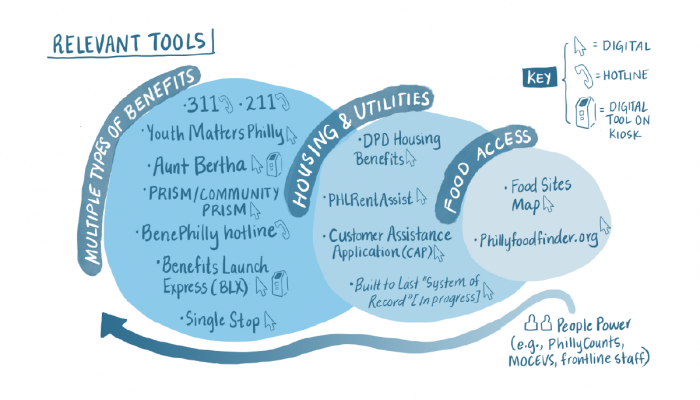
What we did
To inform the creation of deliverables, we conducted:
- 27 interviews with subject-matter experts.
- Nine workshops with 25 subject-matters experts who participated in interviews.
- Several background and strategy conversations with the CAO team.
We created the following deliverables throughout the project.
- 72-page insights deck that documented insights gathered from our interviews with subject matter experts and desk research. The deck included illustrated maps to visualize the landscape of benefits access at the City.
- Two brainstorming decks that summarized project directions and synthesized participant input to help the CAO team strategically pivot the work.
- 31-page action plan that mapped new project directions for the Discover Benefits work based on research and stakeholder input — including project statements of work, project plans, and implementation considerations.
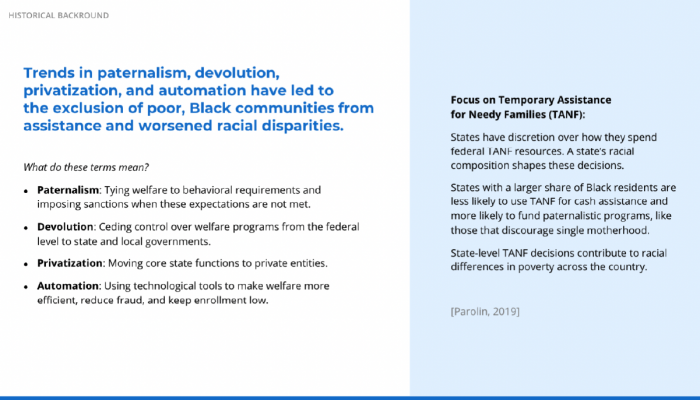
Additional learning
If you’re interested in learning more about some of the historical analysis we did, below are several articles and books we read:
- The Color of Devolution: Race, Federalism, and the Politics of Social Control
(Soss, Fording, and Schram, 2008) - Welfare Money is Paying for a Lot of Things Besides Welfare
(Parolin, 2019) - Automating Inequality: How High-Tech Tools Profile, Punish, and Police the Poor
(Virginia Eubanks, 2018) - Race and the Politics of Welfare Reform
(Schram, Soss, and Fording, 2003)
Contact us
We’d love to hear your thoughts about this post. Email us at service.design@phila.gov or join us on Twitter @DesignStudioPHL.

